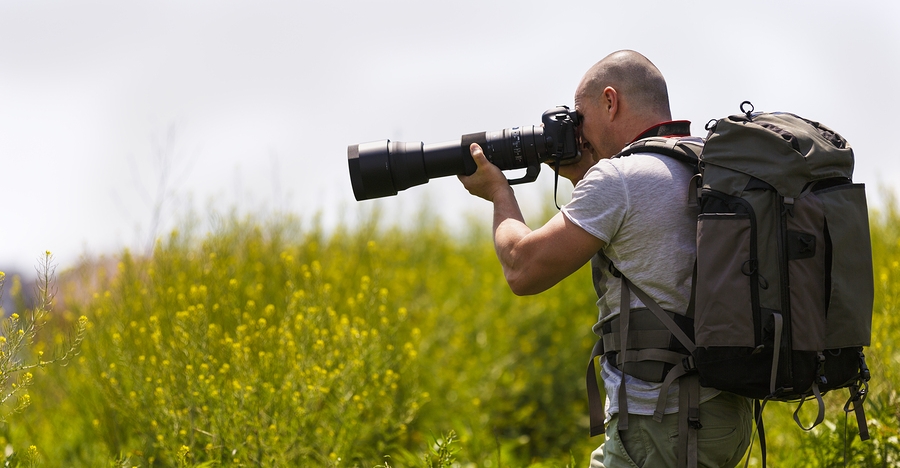When you’re working as a photographer, even part-time, you can develop serious injuries especially in your back, neck or arms.
Holding a professional DSLR with a big lens is a tough job – and you should take your health seriously. There are a lot of things you can improve to make sure everything is as ergonomic as possible. Here are a few great tips.
Choose the right gear
If you’re just starting out in photography or considering replacing your current camera gear, keep in mind that there are many smaller, lighter camera systems that may be easier on your body. Depending on your photography needs and budget, you may want to invest in smaller, more ergonomic gear.
Select the best bag and accessories
Medical professionals often recommend selecting bags with symmetrical designs that equally distribute the weight across your body. This usually means opting for a backpack, or rolling bag with wheels, to move large amounts of equipment from one photo shoot to the next. If you choose a bag that will be carried on your shoulders or some part of your body, be sure not to overload it with too much gear. As a rule of thumb, a truly ergonomic bag you carry on your body should not weigh more than 10 percent of your body weight, and you should not carry a heavy bag for longer than 20 minutes at a time.
While actively shooting, consider investing in camera accessories that will help alleviate camera weight in the long run. Some options include monopods for sports or wildlife photographers, ergonomic camera or wrist straps, and holster or belt pack systems.
Correct your posture
- First, always make sure to protect your lower back by keeping your pelvis in a neutral position and your core muscles (abs, side, and back) taut.
- Secondly, make sure your knees are slightly bent (not locked) and your feet are spread at least shoulder-width apart, forming a wide base of support, not unlike the legs of a tripod.
- Finally, always be mindful of your shoulders, making sure they are dropped down and pulled back, and keep your chin tucked in. These two posture tips will help avoid common neck and back pain as well as headaches that commonly arise among photographers.
Take frequent stretching breaks
When you have a moment to rest during a shoot, don’t just sit down. Remove your gear, and stretch your muscles and joints.
Don’t forget about post-processing ergonomics
You’ll want to make sure your work station is also suited for maximizing your posture. Suggested accessories include a standup desk, computer monitor risers, ergonomic mouse and keyboard, and foot stools.
Read the full article over at Digital Photography School.
Source: Digital Photography School


Photography isn’t the cause of my shoulder pain, but it doesn’t help.
I have an idea: carry only Panasonic LX100 or Fuji X30 and leave heavy DSLR at home!
Ill stick to my 810 and proper lenses lol quality actually matters to some
Wimp
Think mirorless, Do you realy need the heavy, bulky full frame camera?